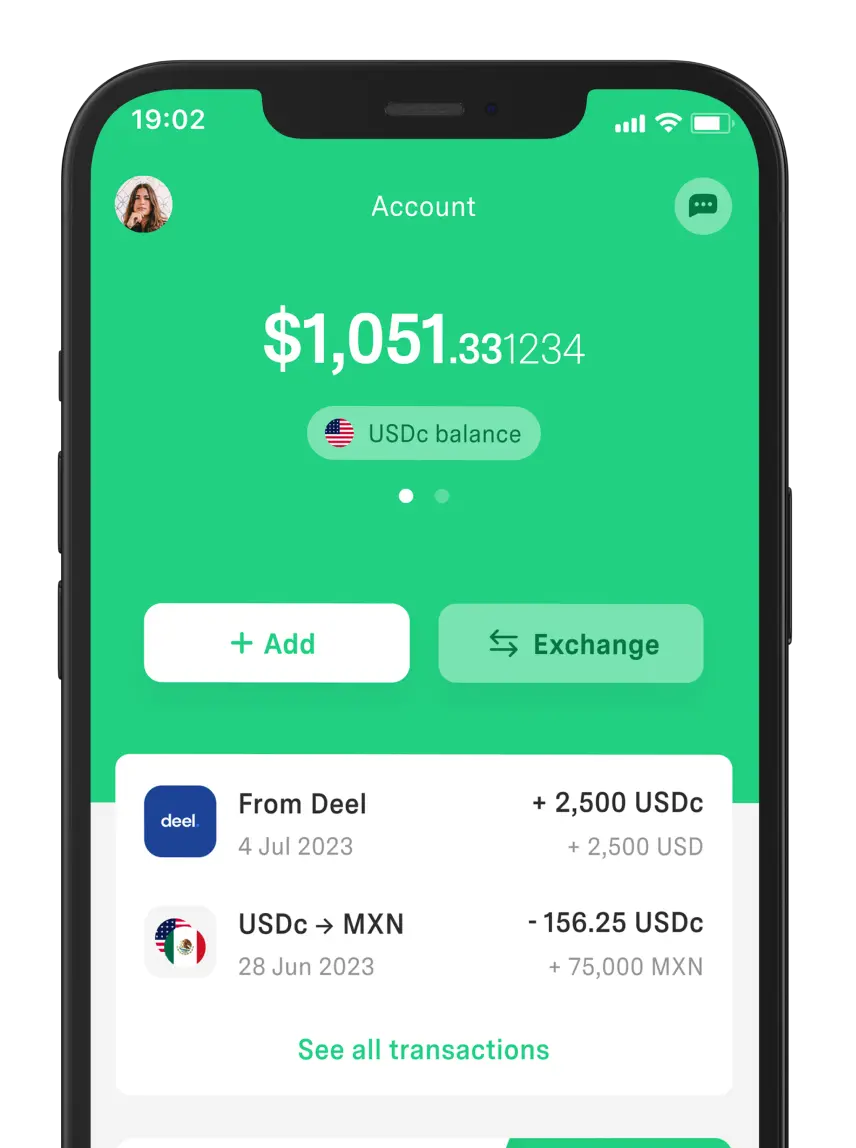 Work and Travel
Work and Travel Expedia TAAP Mexico: What It Is, How to Register, and Benefits
Expedia TAAP Mexico could be the competitive advantage your agency is looking for. Discover how to register and how you can boost your income.



Each Brazilian dish exudes unique aromas and flavors that reflect a living tradition. Of course, the fact that its cuisine is shaped by influences from around the world enriches its gastronomy.
Therefore, in this post, we’ll talk a bit about Brazil’s gastronomic diversity and its most iconic dishes. So, join us and discover more about Brazilian food and the regions where you can savor them if you plan to visit the country.
Just like Mexican and American culture, the diversity of Brazilian cuisine is a reflection of its history and blend of traditions. Starting with the Indigenous peoples, who contributed native ingredients such as corn, cassava, and açaí.
Over time, European techniques and products were integrated following the arrival of the Portuguese. There were also unique seasonings and recipes brought by African influence.
It’s also worth noting that, for centuries, the country received waves of immigrants from various nations. Many Italian, German, Japanese, Arab, and other cultural ingredients were adopted in each state.
But its diversity also lies in regional variations, where the same dish can have different names or preparations depending on the area.
In this way, Brazilian cuisine is a cultural fusion enriched over time, which is why today it offers us a mosaic of flavors.
Despite the great variety of flavors in Brazilian cuisine, some have become iconic dishes. They have transcended regional borders and are enjoyed nationwide.
So, if you plan to visit Brazil, the following table shows its typical dishes and the regions where you can try them:
Dish | Region | Brief Description |
Feijoada | Typical of the Southeast but popular nationwide. | Stew made with black beans and various cuts of beef and pork. Different versions exist depending on the region. |
Acarajé | Originated in the Northeast (Bahia) | Street food fritter or bun made from mashed beans, onion, and salt, fried in dendê oil. Usually filled with vatapá, shrimp, and caruru. |
Moqueca | Typical dish from the Northeast (Bahia and Espírito Santo) | Fish or seafood stew slowly cooked in coconut milk, dendê oil (Bahian) or vegetable oil (Capixaba), with onion, tomato, bell pepper, and spices. |
Pão de queijo | Typical of the Southeast (Minas Gerais), popular nationwide | Cheese bread made with cassava starch, cheese, eggs, and milk. A baked bite that is fluffy and full of flavor. |
Coxinha | Originated in the state of São Paulo (Southeast), but enjoyed nationwide | Teardrop-shaped snack made from dough with flour and chicken broth. Filled with shredded chicken and fried until golden and crispy. |
As we’ve mentioned, there are many typical foods in Brazil, and choosing just a few isn’t enough—especially if you’re visiting the country for the first time and want to savor several unique dishes.
So here are more culinary options you shouldn’t miss:

Bobó de camarão. A stew that combines shrimp, coconut milk, dendê oil, and manioc flour. Its smooth texture and intense flavor are typical of northeastern Brazil, especially Bahia.
Baião de dois. A traditional dish from the northeast that mixes rice and beans, cooked with queijo coalho (curd cheese), sausage, onion, dried beef, and fresh herbs.
Churrasco. Cuts of meat seasoned with coarse salt and grilled over an open flame. Churrasco originates from the south of the country.
Carne-de-sol. Another northeastern classic, made from beef salted and sun-dried for preservation.
Maniçoba. In the state of Pará, in northern Brazil, you’ll find this intense-flavored stew. It’s made from crushed cassava leaves cooked for days and mixed with various pork cuts.
And what about desserts?
While you have many options, the most popular in Brazil is the brigadeiro. A sweet made from a mixture of condensed milk, butter, and cocoa powder, shaped into balls and coated with chocolate sprinkles.

Brigadeiro originated in Rio de Janeiro and is a must-have at birthdays and celebrations throughout the country.
Typical Brazilian meals can be served with different side dishes that add even more flavor.
Some of the most common are:
White rice: essential for dishes like feijoada, moqueca, or bobó de camarão.
Farofa: ideal for pairing with grilled meats, feijoada, and stews.
Fried manioc: common as a side for grilled meats, fish, or as a snack.
Fried banana (plantain): often served alongside dishes like feijoada or grilled meats.
Orange: the classic accompaniment to feijoada, served in fresh slices.
And what to drink?
There are several popular beverages in Brazil, alcoholic and non-alcoholic, including favorites like:
Caipirinha. Brazil’s most famous cocktail, often paired with dishes like feijoada, acarajé, or churrasco.
Guaraná. Being a sweet drink, it pairs well with everyday dishes like feijoada, coxinhas, or Brazilian-style hamburgers.
Fruit smoothies (vitamina de frutas). Ideal for breakfasts that include pão de queijo.
Fresh tropical fruit juices are also common to enjoy alongside dishes like moqueca.
There are several ways to enjoy typical Brazilian foods in Mexico. The easiest is to visit restaurants that offer native dishes with authentic preparations.
In this case, options include:
Carvao do Brasil. Churrascaria – Buffet to share and enjoy traditional Brazilian cuts.
Espadas Brasileñas De Boturini. Restaurant-bar specializing in Brazilian cuts.
Central de Brazil. This restaurant offers an authentic experience with rich and varied gastronomy.
Visiting their websites will give you a look at the many Brazilian options on their menus, as well as customer reviews.
You can also recreate Brazilian cuisine at home with recipes that use accessible ingredients. Black beans, manioc (cassava) flour, and dendê oil (palm oil) are easy to find—along with rice, beef, and pork cuts.
Of course, you should look for websites that explain recipes step-by-step.
On Panelinha, for example, you can find a detailed feijoada recipe and other delicacies.
Another option is TudoGostoso, which offers complete, authentic Brazilian recipes.
Remember that there are many variations of typical Brazilian dishes, so seeking authentic recipes from native bloggers is your best bet.
Typical Brazilian foods are a delight born of multiple cultures and traditions that have left their mark on the country. Each dish represents a culinary legacy from its regions.
If you plan to travel to this cheerful and vibrant country, try the feijoada, a freshly baked pão de queijo, churrasco, or snacks like fried manioc. Plus, you can pay like a local through DolarApp.
How?
Our app gives you access to an account in MXN, digital dollars (USDc), and digital euros (EURc). You just need to have a balance to pay via PIX Brazil, without the need to open accounts in the country.
With us, you’ll get a fair exchange rate to buy or sell USDc or EURc.
Feijoada is considered Brazil’s national dish and a symbol of its culinary identity. You can find it anywhere in the country, especially at family gatherings or celebrations.
Farofa is simply toasted manioc flour with a crunchy texture and distinctive flavor. It is commonly used as a side dish for meats and stews, but also as a base for stuffing.
The main difference is the oil used. Moqueca baiana includes dendê oil, which gives it a more intense flavor, while the capixaba version uses olive oil and annatto oil.

The world has borders. Your finances don’t have to.
 Work and Travel
Work and Travel Expedia TAAP Mexico could be the competitive advantage your agency is looking for. Discover how to register and how you can boost your income.

 Work and Travel
Work and Travel Build your own kit with the best travel apps to plan, book, and manage every trip detail from your phone.

 Work and Travel
Work and Travel Expedia Flights Mexico and its loyalty program are exactly what you need to save money. Discover how to book cheaply and the benefits of Expedia Rewards.


